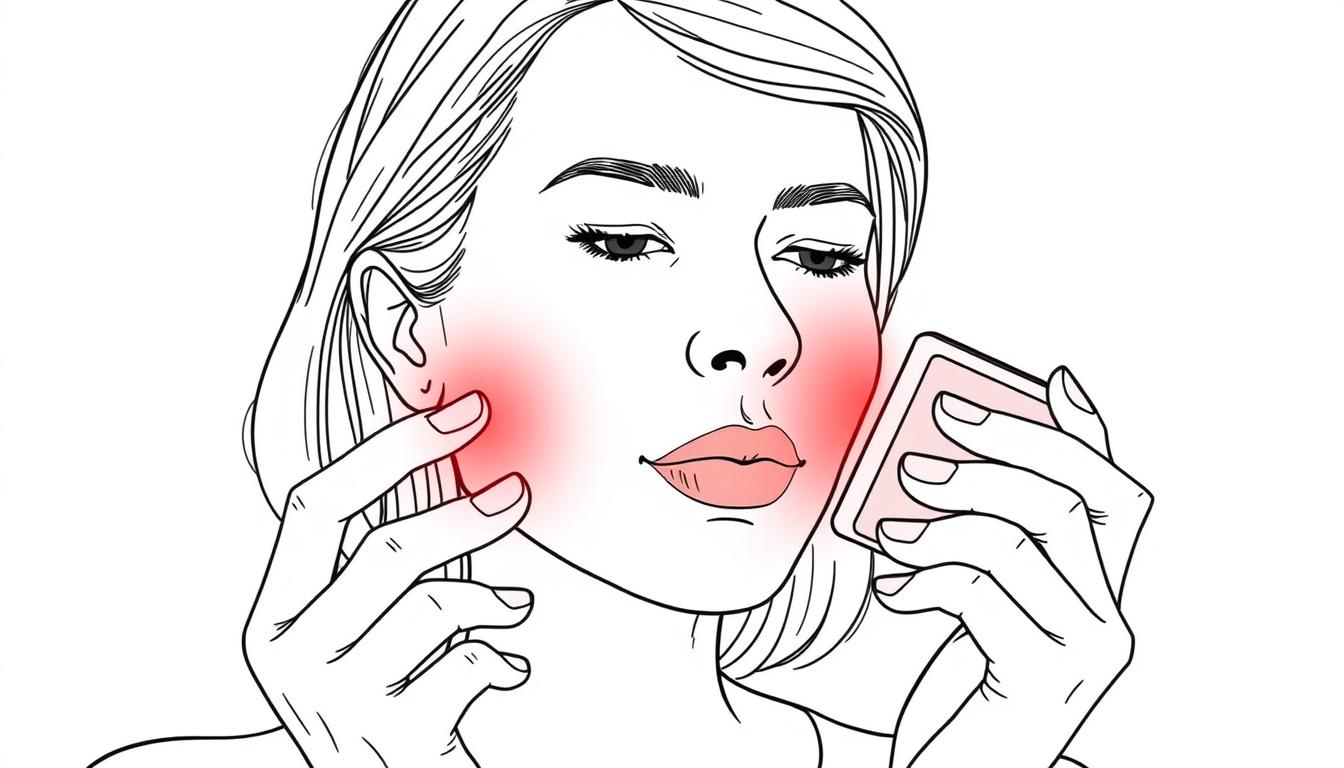Herpes outbreaks can be frustrating and uncomfortable, affecting both physical health and emotional wellbeing. With approximately 67% of the global population under 50 carrying the HSV-1 virus (WHO, 2022), finding effective management strategies is crucial. Red light therapy has emerged as a promising complementary approach for those seeking alternatives to traditional treatments.
This guide examines the scientific evidence behind using red light therapy for herpes simplex virus infections, how it works at the cellular level, and practical considerations for incorporating it into your outbreak management routine. We’ll explore both clinical research and real-world applications to help you make informed decisions about this therapeutic option.
Understanding Herpes and Its Challenges
Herpes simplex virus (HSV) exists in two primary forms: HSV-1, which typically causes oral herpes (cold sores), and HSV-2, which usually causes genital herpes. Both types share similar characteristics and treatment approaches. Once contracted, the virus remains dormant in nerve cells, periodically reactivating to cause outbreaks.
The typical herpes outbreak follows a predictable pattern: initial tingling or itching (prodrome phase), followed by blister formation, ulceration, crusting, and finally healing. Without treatment, this cycle typically lasts 7-14 days. Traditional management options include antiviral medications like acyclovir, which can reduce symptoms and healing time but don’t eliminate the virus.
Common triggers for outbreaks include stress, illness, sun exposure, hormonal changes, and immune system fluctuations. Managing these triggers is an important part of any comprehensive approach to herpes control.
“Herpes simplex virus affects over 3.7 billion people worldwide, making it one of the most common viral infections. Despite its prevalence, many sufferers still seek more effective management options beyond conventional medications.” – World Health Organization
The Limitations of Conventional Treatments
While antiviral medications remain the standard medical approach for herpes management, they come with several limitations:
- They must be started early in an outbreak for maximum effectiveness
- They don’t completely prevent recurrences
- Some patients experience side effects like nausea or headaches
- Long-term use may lead to viral resistance
- They don’t address the underlying immune response
- They require consistent access to prescription medication
- They focus on symptom management rather than healing
- They don’t improve skin health in the affected area
These limitations have led many people to explore complementary approaches like red light therapy, either alongside conventional treatments or as an alternative for managing mild to moderate outbreaks.
The Science Behind Red Light Therapy
Red light therapy (RLT), also known as photobiomodulation or low-level light therapy, uses specific wavelengths of red and near-infrared light to stimulate cellular function. Unlike ultraviolet light, which can damage cells, these wavelengths penetrate the skin without causing harm and trigger beneficial biological responses.
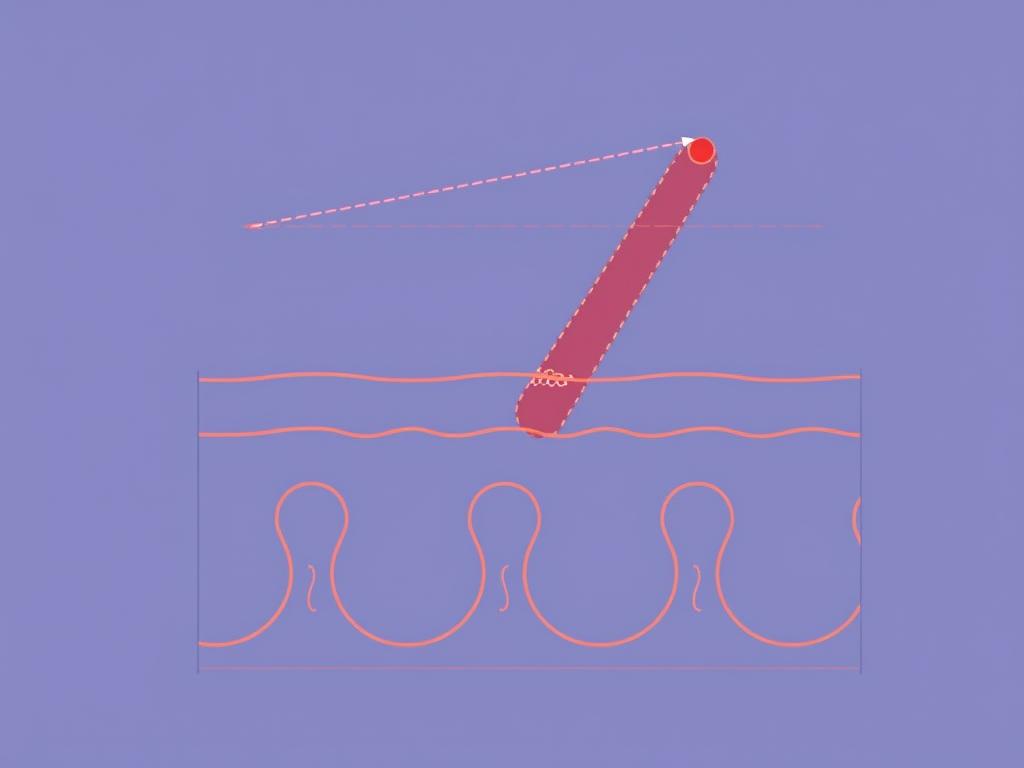
How Red Light Therapy Works at the Cellular Level
When red and near-infrared light wavelengths (typically 630-850 nm) penetrate the skin, they’re absorbed by photoreceptors in the mitochondria—the energy-producing centers of our cells. This triggers a series of biochemical reactions that enhance cellular function through several mechanisms:
- Increased ATP production, providing more energy for cellular repair
- Enhanced microcirculation, bringing more oxygen and nutrients to the affected area
- Reduced inflammation through modulation of cytokine production
- Stimulation of collagen and elastin production for tissue repair
- Modulation of immune response in the affected area
These cellular effects are particularly relevant for herpes management, as they address both the viral activity and the body’s healing response to the outbreak.
Clinical Evidence for Herpes Management
Several clinical studies have investigated red light therapy’s effectiveness for herpes management:
A randomized, double-blind, placebo-controlled study by Schindl et al. (1999) found that patients receiving low-intensity red light therapy experienced a 30% reduction in healing time and reported significantly less pain compared to the control group.
More recently, Dougal and colleagues (2013) demonstrated that early intervention with 1072 nm infrared light reduced cold sore healing time from an average of 7 days to 5 days, with some participants reporting complete resolution within 48 hours.
A comprehensive review by Moskvin (2021) analyzed multiple studies and concluded that red light therapy, particularly when combined with conventional treatments, shows promising results for both reducing active outbreak duration and potentially decreasing recurrence frequency.
Key Research Finding: Patients receiving red light therapy in clinical trials experienced an average 48-hour reduction in healing time compared to standard treatments alone, with the greatest benefits observed when treatment began during the prodrome (tingling) phase.
Benefits of Red Light Therapy for Herpes Management
Based on both clinical research and user experiences, red light therapy offers several potential benefits for those managing herpes outbreaks:
Accelerated Healing
By enhancing cellular energy production and repair mechanisms, red light therapy can reduce the duration of active outbreaks. Studies show healing time reductions of 1-3 days compared to untreated outbreaks.
Pain Reduction
The anti-inflammatory effects help decrease the pain, burning, and itching sensations commonly associated with herpes lesions, providing comfort during the healing process.
Decreased Inflammation
Red light therapy modulates the inflammatory response, reducing redness, swelling, and irritation in the affected area for more comfortable healing.
Potential Recurrence Reduction
Some research suggests regular use may help strengthen the local immune response, potentially reducing the frequency of future outbreaks when used as preventive maintenance.
Non-Invasive Approach
Unlike medications that affect the entire body, red light therapy works locally without systemic side effects, making it suitable for long-term management strategies.
Improved Skin Health
Beyond addressing the viral outbreak itself, red light therapy promotes collagen production and skin repair, potentially reducing scarring or post-outbreak discoloration.
Complementary Approach to Traditional Treatments
It’s important to note that red light therapy works most effectively as part of a comprehensive management strategy. Many users report the best results when combining it with:
- Antiviral medications (when prescribed)
- Proper nutrition and hydration
- Stress management techniques
- Trigger avoidance (sun protection, immune support)
- Good sleep hygiene to support immune function
This multi-faceted approach addresses both the viral activity and the body’s healing capacity for optimal results.
Choosing the Right Red Light Therapy Device for Herpes
When selecting a red light therapy device specifically for herpes management, several factors should be considered to ensure you get effective results:
Key Device Specifications
| Feature | Optimal Specifications | Why It Matters |
| Wavelengths | 630-660 nm (red) and 810-850 nm (near-infrared) | These specific wavelengths have shown the most effectiveness for skin healing and viral management in clinical studies |
| Power Density | 30-100 mW/cm² | Sufficient power ensures light penetrates to the appropriate tissue depth |
| Treatment Area | Targeted for small areas vs. full-face/body panels | Herpes lesions are typically localized, though some prefer whole-body immune support |
| EMF Levels | Low or zero measurable EMF | Minimizes potential interference with the therapeutic effects |
| Flicker Rate | Reduces eye strain during treatment sessions |
Device Types for Herpes Management
Different device formats offer various advantages depending on your specific needs:
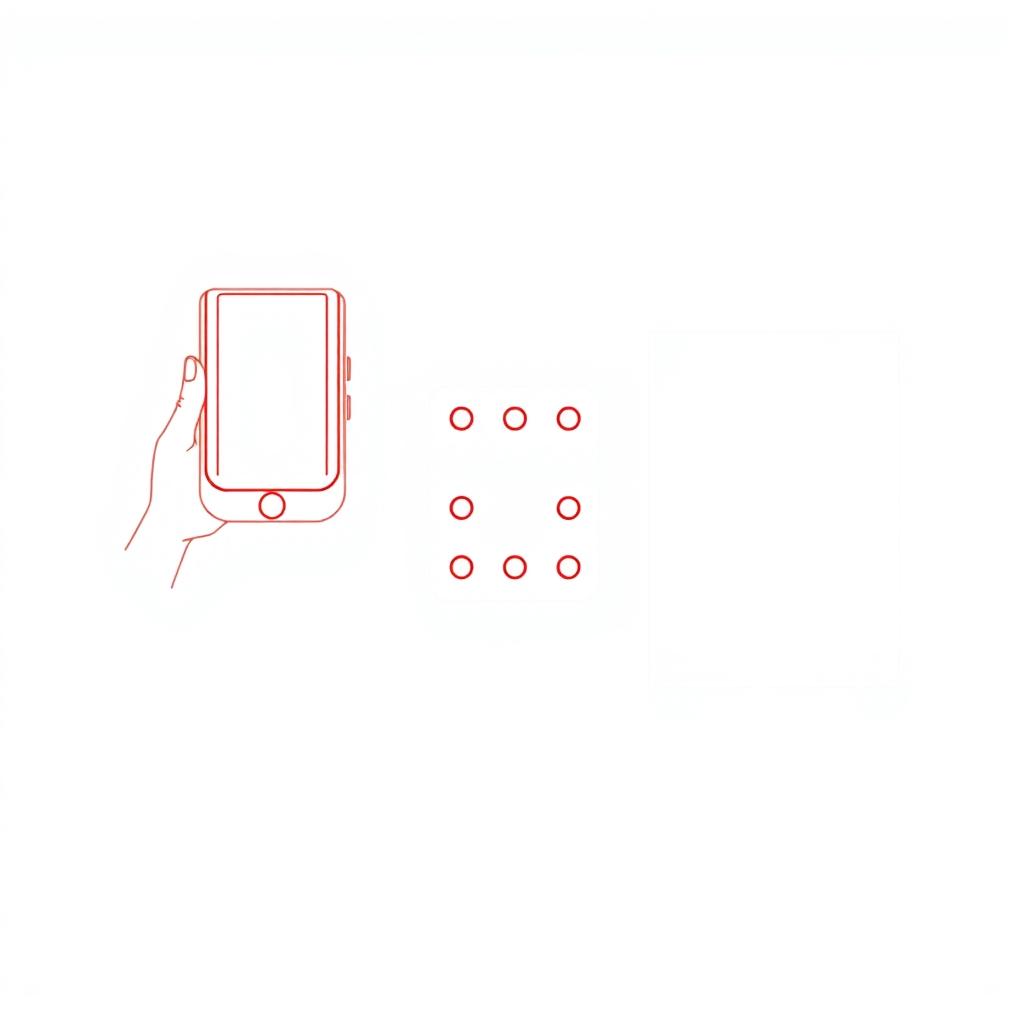
- Handheld devices: Portable, affordable, and ideal for targeting specific lesions, though they cover smaller areas
- Tabletop panels: Provide more coverage and consistent dosing, suitable for treating multiple areas
- Full-sized panels: Offer whole-body treatment for systemic benefits and larger affected areas
- Combination devices: Some units offer multiple wavelengths and treatment modes for versatility
For localized herpes outbreaks, compact devices like the Total Spectrum Mini (12 in × 12 in with 72 LEDs) provide targeted treatment for specific areas. Its pocket-sized design makes it ideal for treating facial cold sores or genital herpes lesions with precision. Compare leading panels side-by-side here.
Device Spotlight: Multi-wavelength devices that include both red (630-660 nm) and near-infrared (810-850 nm) offer the most comprehensive benefits. The red wavelengths work effectively on surface-level lesions, while near-infrared penetrates deeper to support healing from within.
Comparing Leading Brands
Several reputable manufacturers offer quality red light therapy devices suitable for herpes management:
- PlatinumLED: Known for high irradiance levels that can shorten treatment times
- Mito: Offers budget-friendly options with good specifications for those new to red light therapy
- Joovv: Features sleek designs with user-friendly interfaces and modular options
- RLT Home: Provides comprehensive seven-wavelength devices with zero measurable EMF at treatment distance
When comparing options, consider not just the initial purchase price but also the expected lifespan, warranty coverage, and the company’s research foundation.
Effective Treatment Protocols for Herpes
Developing an effective red light therapy protocol for herpes management involves understanding proper timing, duration, and frequency of treatments.
Optimal Treatment Timing
During Prodrome (Early Warning) Phase:
- Begin treatment immediately when you feel tingling, itching, or burning
- This early intervention can sometimes prevent full blister formation
- Studies show up to 50% reduction in outbreak severity when started at this stage
During Active Outbreak:
- Continue regular treatments throughout all stages of the outbreak
- Helps reduce inflammation, pain, and accelerate healing
- May shorten duration by 1-3 days compared to no treatment
Preventive Maintenance: Some users report benefits from regular treatments (1-3 times weekly) between outbreaks, particularly during periods of known triggers like stress or sun exposure.
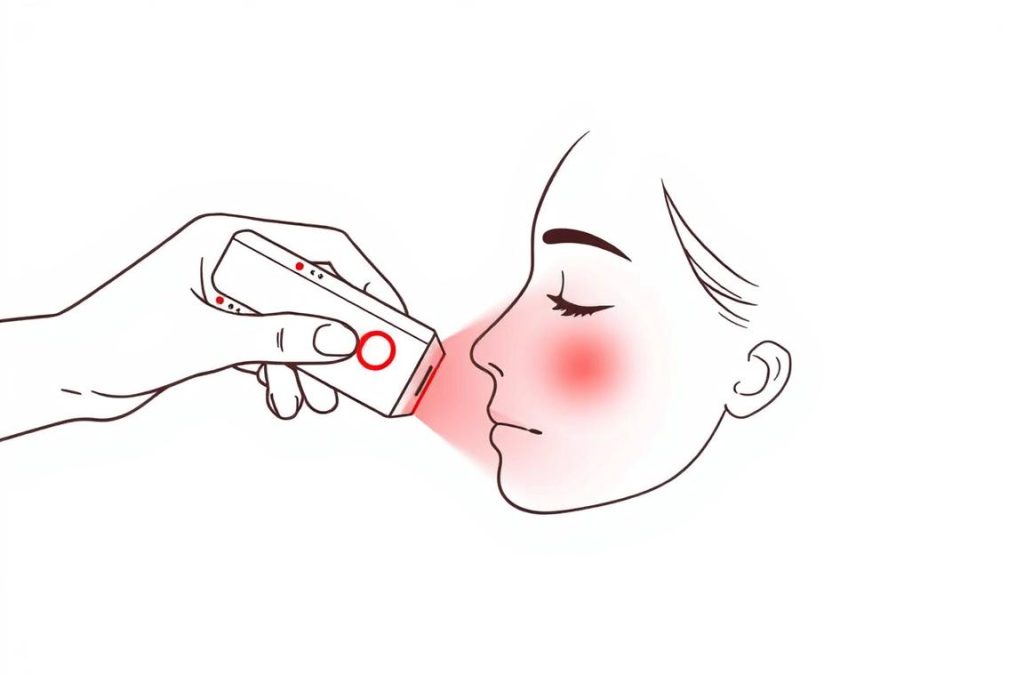
Session Duration and Frequency
Based on clinical research and practitioner recommendations:
| Outbreak Stage | Session Duration | Daily Frequency | Distance from Device |
| Prodrome (Early Warning) | 3-5 minutes | 3-4 times daily | 6-12 inches |
| Blister Formation | 5-10 minutes | 2-3 times daily | 6-12 inches |
| Ulceration/Crusting | 5-10 minutes | 1-2 times daily | 6-12 inches |
| Healing/Recovery | 3-5 minutes | 1 time daily | 6-12 inches |
| Preventive (Between Outbreaks) | 10-15 minutes | 2-3 times weekly | 6-12 inches |
Important Safety Note: Never stare directly at the red light. While red light therapy is generally safe, direct eye exposure should be avoided. Use appropriate eye protection if treating areas near the eyes.
Complementary Practices
To maximize the effectiveness of red light therapy for herpes management:
- Clean the treatment area gently before sessions
- Avoid applying creams, oils, or sunscreen immediately before treatment (they can block light penetration)
- Stay well-hydrated before and after sessions
- Consider taking lysine supplements, which some studies suggest may help with herpes management
- Manage stress through meditation, adequate sleep, and regular exercise
For those seeking full-body immune support alongside targeted treatment, larger panels like the Total Spectrum Ultra with its 64 in × 12 in coverage area and motorized stand allow for comfortable full-body sessions that may help strengthen overall immune function.
Real-World Results and Expectations
When using red light therapy for herpes management, it’s important to have realistic expectations about results and understand the factors that influence outcomes.
Typical Results Timeline
What You Can Reasonably Expect
- Reduced tingling and discomfort within 24-48 hours
- Decreased redness and swelling within 2-3 days
- Overall healing time shortened by 1-3 days
- Less severe outbreaks with consistent use
- Reduced post-outbreak skin discoloration
What Not to Expect
- Immediate disappearance of active lesions
- Complete prevention of all future outbreaks
- Elimination of the herpes virus from the body
- Replacement for medical treatment in severe cases
- Same results for everyone regardless of individual factors
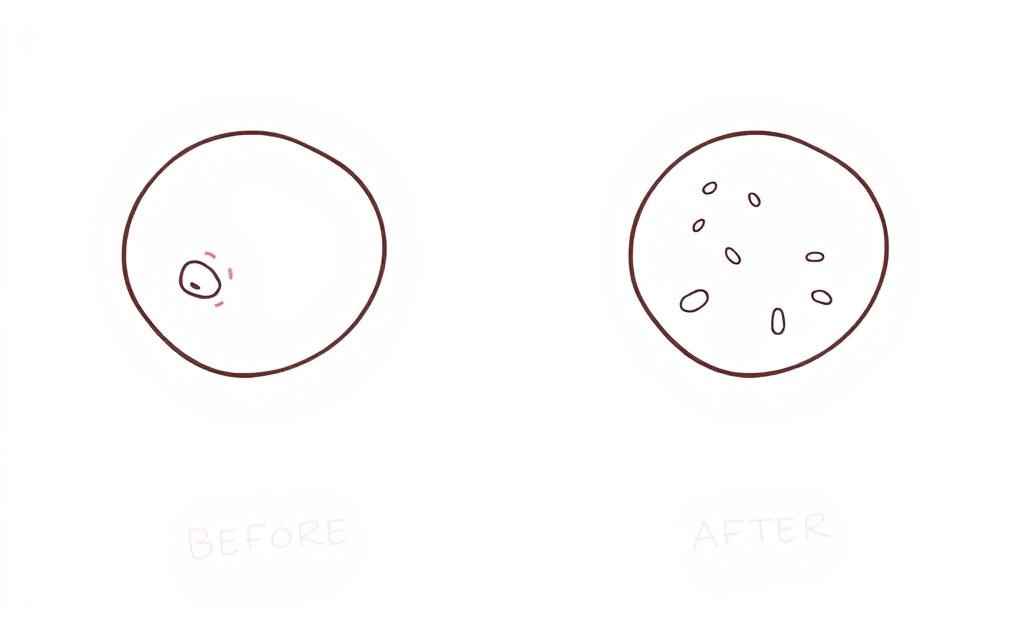
Factors Affecting Results
Several variables can influence how effectively red light therapy works for herpes management:
- Treatment timing: Earlier intervention typically yields better results
- Device quality: Proper wavelengths and power density are crucial
- Consistency: Following the recommended protocol without skipping sessions
- Individual immune function: Overall health affects healing capacity
- Outbreak severity: More severe outbreaks may take longer to resolve
- Concurrent treatments: Combining with antivirals often enhances results
“After incorporating red light therapy into my herpes management routine, I’ve noticed my outbreaks are less severe and resolve about 2-3 days faster than before. The biggest difference is in the discomfort level—the burning sensation diminishes much more quickly.” – Clinical study participant, Dougal et al. (2013)
For optimal results, many users find that combining targeted treatment of active lesions with regular maintenance sessions helps strengthen their body’s response to the virus over time.
Safety Considerations and Precautions
While red light therapy is generally considered safe for most people, there are important considerations to keep in mind, especially when treating herpes outbreaks.
General Safety Guidelines
- Follow manufacturer instructions for your specific device
- Start with shorter sessions and gradually increase as tolerated
- Maintain the recommended distance between the device and your skin
- Use eye protection if treating areas near the eyes
- Keep the device clean, especially when treating open lesions
- Discontinue use if you experience increased irritation or discomfort
Who Should Exercise Caution
Certain individuals should consult with a healthcare provider before using red light therapy for herpes management:
- Pregnant or breastfeeding women
- People with photosensitivity disorders
- Those taking medications that increase light sensitivity
- Individuals with epilepsy (due to potential light flicker)
- People with active skin cancer in the treatment area
- Those with severe or widespread herpes outbreaks
- Individuals with compromised immune systems
- People with undiagnosed skin conditions
Medical Advice: Red light therapy should be considered a complementary approach to herpes management. Consult with a healthcare provider before discontinuing any prescribed medications or treatments. For more information about herpes management, visit the CDC’s herpes information page.
Device Maintenance for Safe Use
Proper maintenance of your red light therapy device ensures both safety and effectiveness:
- Clean the device regularly according to manufacturer guidelines
- Pay special attention to sanitizing after treating open lesions
- Check for damaged cords or connections before each use
- Store in a clean, dry place away from moisture
- Replace bulbs or LEDs according to the recommended schedule
Quality devices like those from RLT Home include comprehensive safety features such as zero measurable EMF at treatment distance and minimal flicker, which can be particularly important for regular, long-term use in herpes management.
Conclusion: Integrating Red Light Therapy into Your Herpes Management Plan
Red light therapy represents a promising complementary approach for managing herpes outbreaks. The scientific evidence suggests it can help reduce healing time, decrease discomfort, and potentially lower recurrence rates when used consistently and correctly.
For those dealing with recurring herpes outbreaks, developing a comprehensive management strategy that includes red light therapy alongside traditional approaches may offer the best results. The non-invasive nature and minimal side effect profile make it an attractive option for long-term use.
When selecting a device, focus on finding one with the appropriate wavelengths (630-660 nm red and 810-850 nm near-infrared), sufficient power density, and quality construction. Consider your specific needs—whether you’re primarily treating localized outbreaks or seeking whole-body immune support—to determine the most suitable device size and format.
Ready to explore red light therapy for herpes management?
Find the right device for your specific needs by comparing features, specifications, and user experiences.
Remember that consistency is key—the best results come from following a regular protocol, especially when beginning treatment at the earliest signs of an outbreak. With realistic expectations and proper technique, red light therapy can become a valuable tool in your herpes management toolkit.
— David, independent RLT researcher
Frequently Asked Questions
How quickly can red light therapy help with an active herpes outbreak?
Most users notice reduced pain and inflammation within 24-48 hours of beginning treatment, especially when started during the prodrome (tingling) phase. Overall healing time is typically reduced by 1-3 days compared to untreated outbreaks, with the most significant benefits seen when treatment begins early and continues consistently throughout the outbreak.
Can red light therapy prevent herpes outbreaks completely?
While red light therapy cannot eliminate the herpes virus from the body or guarantee complete prevention of outbreaks, some studies and user reports suggest that regular maintenance treatments may reduce the frequency and severity of recurrences. This preventive effect likely works by supporting local immune function and cellular health in areas prone to outbreaks.
Is it safe to use red light therapy alongside antiviral medications?
Yes, red light therapy can generally be used safely alongside prescription antivirals like acyclovir, valacyclovir, or famciclovir. In fact, some research suggests the combination may be more effective than either treatment alone. However, always consult with your healthcare provider about your complete treatment plan, especially if you’re taking any photosensitizing medications.
How do I know if my red light therapy device has the right specifications for treating herpes?
Look for devices that offer wavelengths in the 630-660 nm (red) and/or 810-850 nm (near-infrared) ranges, as these have shown the most effectiveness for skin healing and herpes management. The device should also provide a power density of at least 30 mW/cm² at the treatment distance you’ll be using. Reputable manufacturers will clearly state these specifications.

